Chikungunya- Symptoms, Causes, Diagnosis, and Treatment
Chikungunya is a viral disease that spreads by mosquito bites. The virus causes joint and muscle aches. Here we are discussing the Chikungunya and its Symptoms, Causes, Diagnosis, and Treatment process in detail.
Chikungunya is a viral disease transmitted to humans by infected mosquitoes. It causes fever and severe joint pain. Other symptoms include muscle pain, headache, nausea, fatigue and rash. There is no cure for the disease. Treatment is focused on relieving the symptoms. The disease mostly occurs in Africa, Asia and the Indian subcontinent. However a major outbreak in 2015 affected several countries of the Region of the Americas.
The virus has roots that date back to the 1950s in Tanzania. This is where chikungunya received its name. It roughly translates into "walking bent over" in Makonde. The virus causes joint and muscle aches that sometimes cause a person to bend over with back pain. While most chikungunya symptoms are short-lived, joint pain can become a long-term problem.
Symptoms of Chikungunya
If chikungunya has been infected it may take three to seven days before symptoms begin. A fever will show up as the first symptom of infection along with joint and muscle pain. Chikungunya rarely causes death in very serious cases. Aside from joint pain, symptoms typically last only for a few days.
Common Symptoms of Chikungunya
The following are mentioned by the WHO as the main symptoms of this disease-
1. Surprising fevers
2. Joint pain
3. Muscular pain
4. Headache
5. Nausea
6. Tiredness
7. Rashes
Although these symptoms sound very similar and can also be caused by a variety of other causes, it is better to have you checked by a medical professional if the symptoms occur for a period longer than a few days. If it goes untreated, it may cause serious harm, including eye loss and neurological and heart problems. This can also cause death in older patients if untreated.
Read Also: 10 Best Home Remedies for Cholesterol
Causes of Chikungunya
Incidentally, both Dengue and Chikungunya are caused by the mosquitoes Aedes aegypti and Aedes albopictus, two species that play havoc in the region. With the bite of the mosquito's female specie, it is transferred from one human to another. Usually, these mosquitoes bite during daylight hours. The chance of being bitten during the daytime hours is the greatest at two points of time, early morning and after afternoon. While these mosquitoes are known usually to bite outdoors, Aedes aegypti will bite indoors as well.
Diagnosis of Chikungunya
The symptoms of chikungunya resemble Zika and dengue. Even the bite of the same mosquitoes that spread chikungunya transmits these diseases. So chikungunya is often misdiagnosed particularly in areas where all of these diseases are common. Due to its higher mortality rate than chikungunya, it is highly important to rule out dengue fever at the earliest.
Visit a doctor as soon as you believe that you have signs of chikungunya, or have recently visited a location where chikungunya is prevalent. Due to the common nature of the symptoms with other conditions, because the definitive diagnosis can only be achieved by running blood tests, the doctor can advise that certain tests be performed.
Several diagnostic approaches can be employed. Serological tests, such as enzyme-linked immunosorbent assays (ELISA), can confirm the existence of the antibodies IgM and IgG. IgM antibody levels are the highest after the start of illness for 3 to 5 weeks and continue for around 2 months. Samples obtained during the first week following the onset of symptoms should be checked using both serological and virologic (RT-PCR) methods.
Read Also: 5 Amazing Zucchini Health Benefits
During the first few days of infection, the virus may become isolated from the blood. There are various methods for reverse transcriptase-polymerase chain reaction (RT– PCR) but they are of variable sensitivity. Others are suitable for clinical diagnosis. RT– PCR products from clinical samples can also be used for virus genotyping, enabling comparisons with samples from different geographic sources.
Treatment
There is no actual chikungunya treatment. Most people get better themselves and fully recover. Usually many of the symptoms improve within a week, but joint pain may last a few months. Acetaminophen or ibuprofen, and any fever you may have, will help with that. You should also drink plenty of fluids, and have plenty of rest.
Typically, the virus is harder for newborns, people over the age of 65, and people with high blood pressure, diabetes, or heart disease. If you or someone you know has symptoms and is in one of these groups, you should call your doctor immediately.
Some of the precautionary measures however include:-
• Taking much rest.
• Drink plenty of fluids so as to prevent dehydration.
• Taking medicines for fever and pain such as acetaminophen or paracetamol.
• The only way to counteract the virus is not to get stung by mosquitoes, particularly when travelling in areas where the disease is high.
• If one is at a high risk of complications, such as being pregnant or having serious medical problems, he/she must try to avoid visiting places with the Chikungunya outbreak.



 Contact Us
Contact Us







 Hospitals
Hospitals
 Doctors
Doctors
 Diagnostic
Diagnostic
 Pharmacy
Pharmacy
 Health Tips
Health Tips
 Blog
Blog









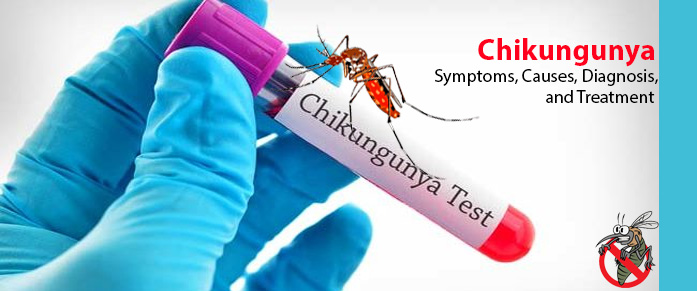
 KayaWell Expert
KayaWell Expert
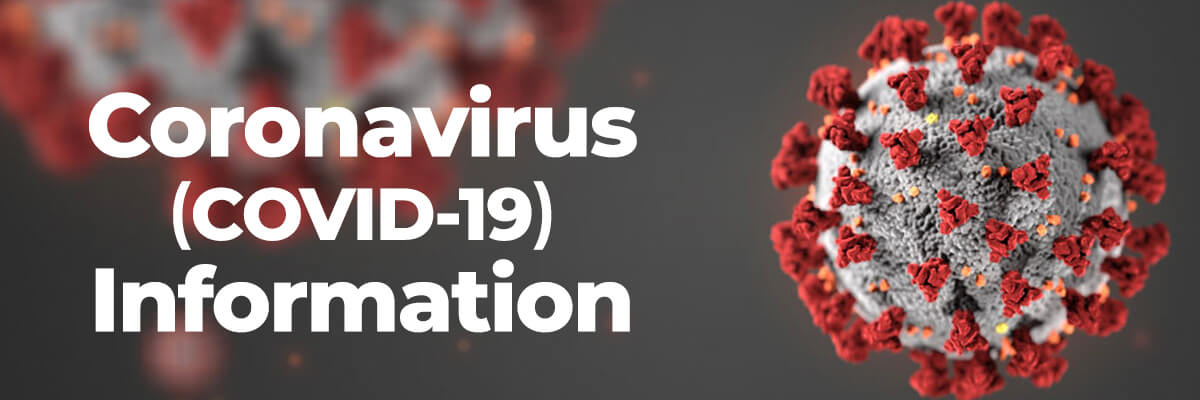



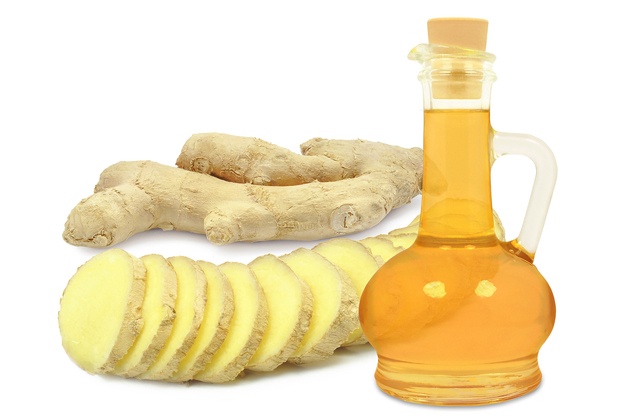
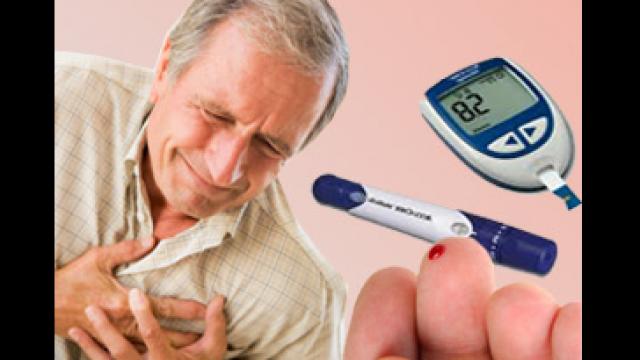

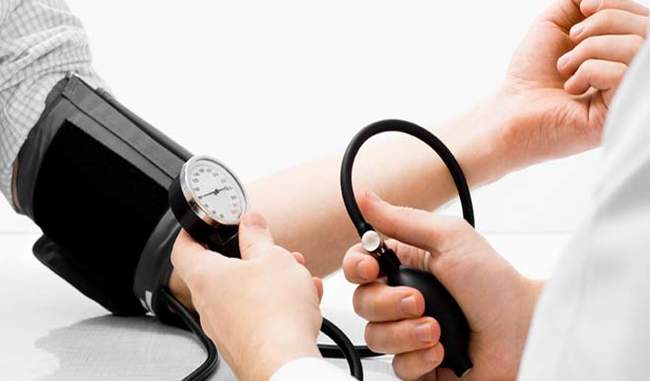


Comments